Guide to Pearl Harbor Aviation Museum
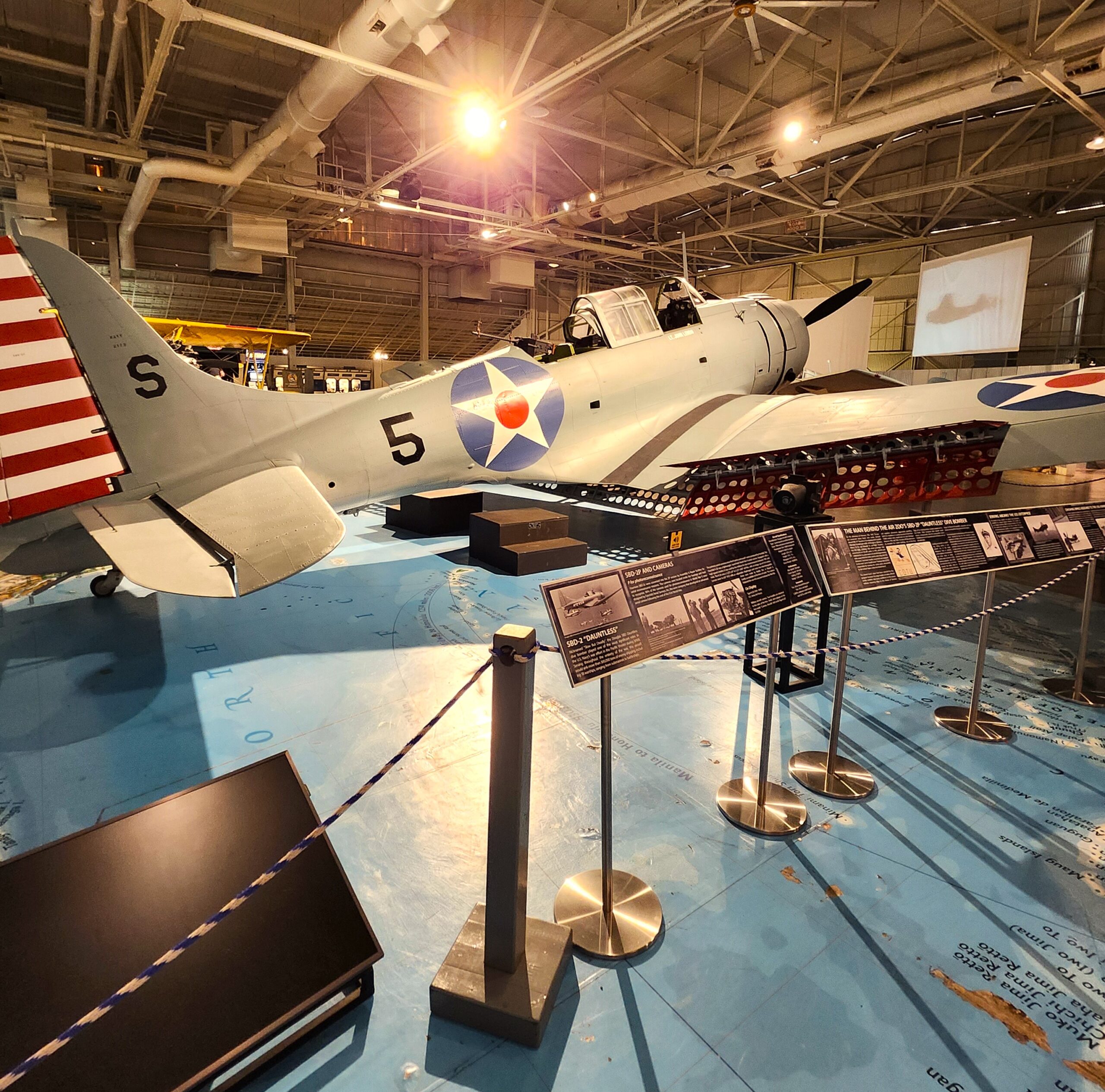
An essential stop on any visit to Oahu is the Pearl Harbor National Memorial. At the site, you can see the U.S.S. Arizona (sunk during the infamous December 7, 1941 attack), tour the Bowfin submarine, and walk aboard the U.S.S. Missouri, the vessel where the Japanese and U.S. signed a peace treaty at the end of World War II. However, you also can tour the Pearl Harbor Aviation Museum, another important site during the December 7 attack on Pearl Harbor.
In this guide, I’ll let you know what you can see and what to expect at the Pearl Harbor Aviation Museum.
About Pearl Harbor National Memorial

The Pearl Harbor National Memorial is a U.S. National Park site in Honolulu, Hawaii. The site is open year round. Admission into the memorial is free. You, however, due have fees for most of the tours in the memorial.
There are restrictions regarding what you may and may not bring into the memorial site. Basically handbags, purses, fanny packs etc. are prohibited items. The site provides lockers to store these items. Entering the memorial, you will go through a security check point.
The Pearl Harbor Aviation Museum is one of the extra fee items you can add to your park visit.
Getting to Pearl Harbor Aviation Museum
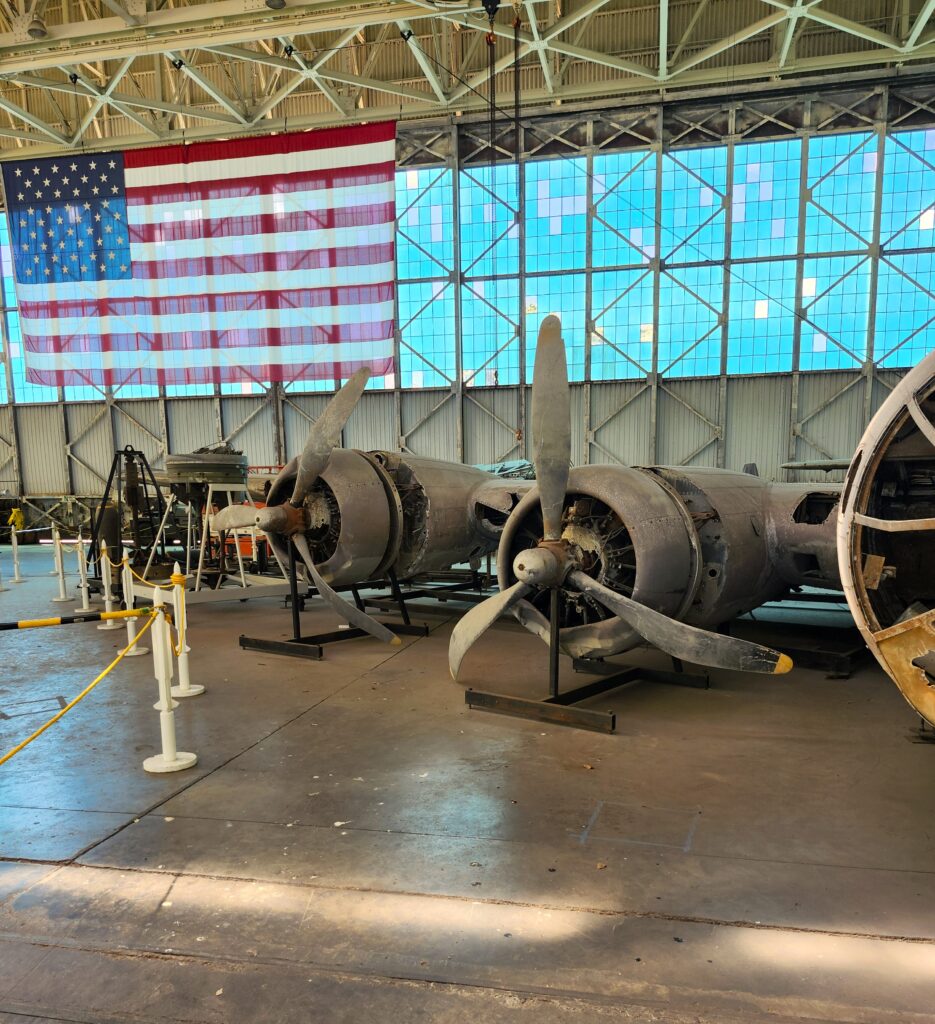
The museum is actually located on Ford Island, which is an active military base.
You may purchase museum tickets online before entering the Pearl Harbor National Memorial, or near the park entrance.
After purchasing tickets, you must board a bus which takes you to Ford Island. The bus makes two stops. It first stops at the U.S.S. Missouri. The second stop is at the Pearl Harbor Aviation Museum. The same bus will return you to the main Pearl Harbor National Memorial site.
What You See Outside the Museum
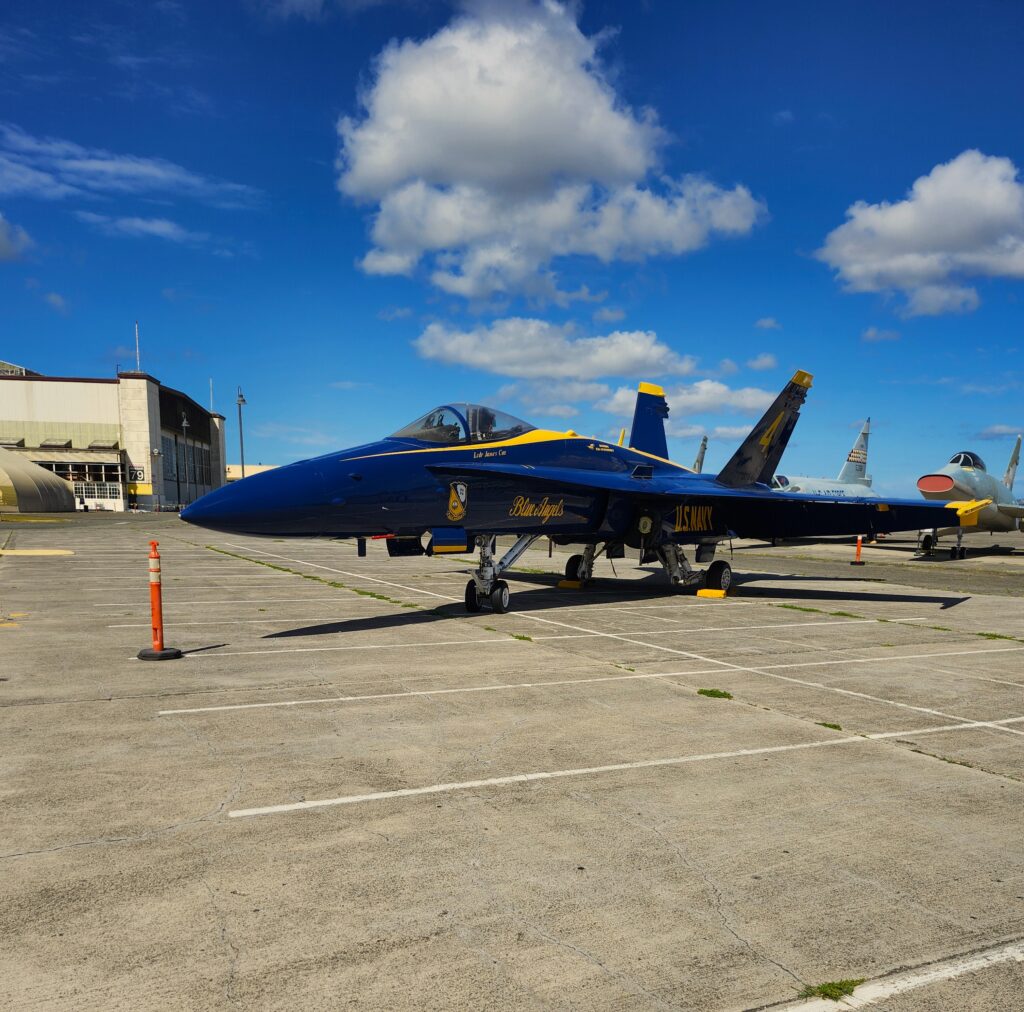
My bus arrived at the museum before the 9 a.m. opening. This gave me time to walk the perimeter of the museum. There is plenty to see and do outside the museum.
I got to read and learn about the early days of the military base.
I got to see some of the Blue Angels planes.
The lot is filled with fighter planes from throughout the years. You get to see modern fighter planes and some of the the more historic planes.
Amelia Earhart actually crashed on Ford Island in 1937 on her first attempt to fly around the world. You can learn about Earhart and other famous folk who spent time on Ford Island.
What You’ll Experience in the Museum
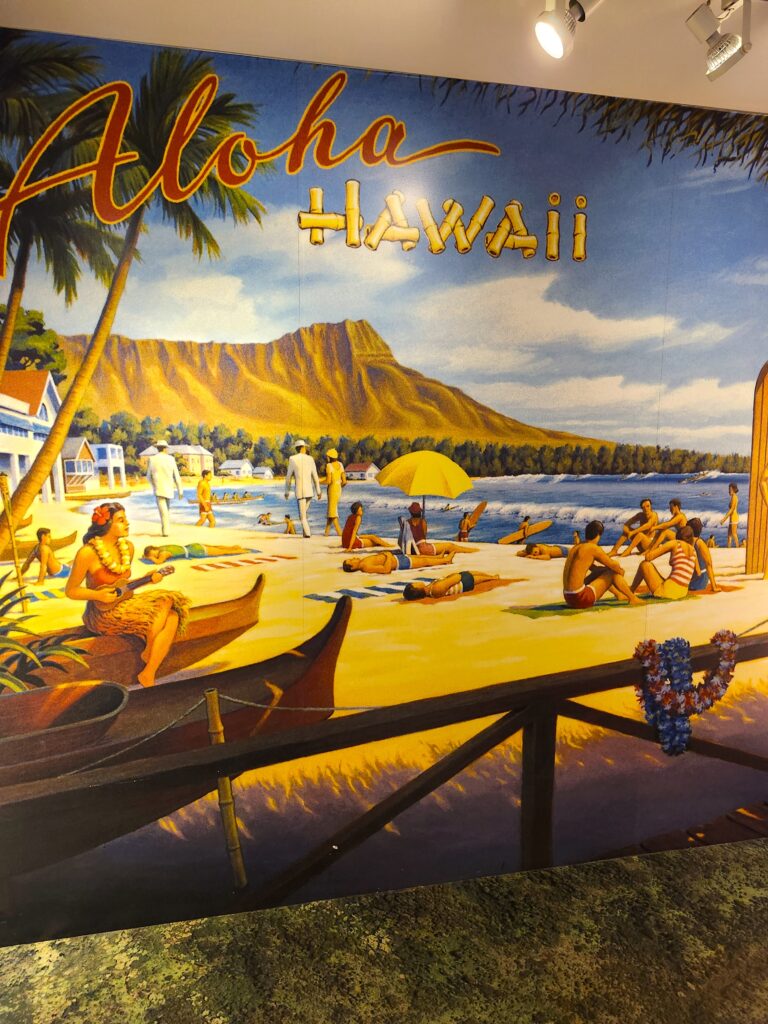
Outside of the museum, 40s Big Band music plays. setting the mood.
Upon entering the museum and checking you, you see posters and memorabilia showing what life on Oahu was like before the U.S. entered WWII.
A on site theater provides documentaries about Pearl Harbor.
And then, you enter the main museum gallery.
The main gallery houses a number of fighter planes from both the Japanese and United States fleets.

Entering the main hall, you’ll see the Japanese Zero, the plane used during that initial attack on Pearly Harbor. You’ll also see a Japanese Imperial “Kate.”
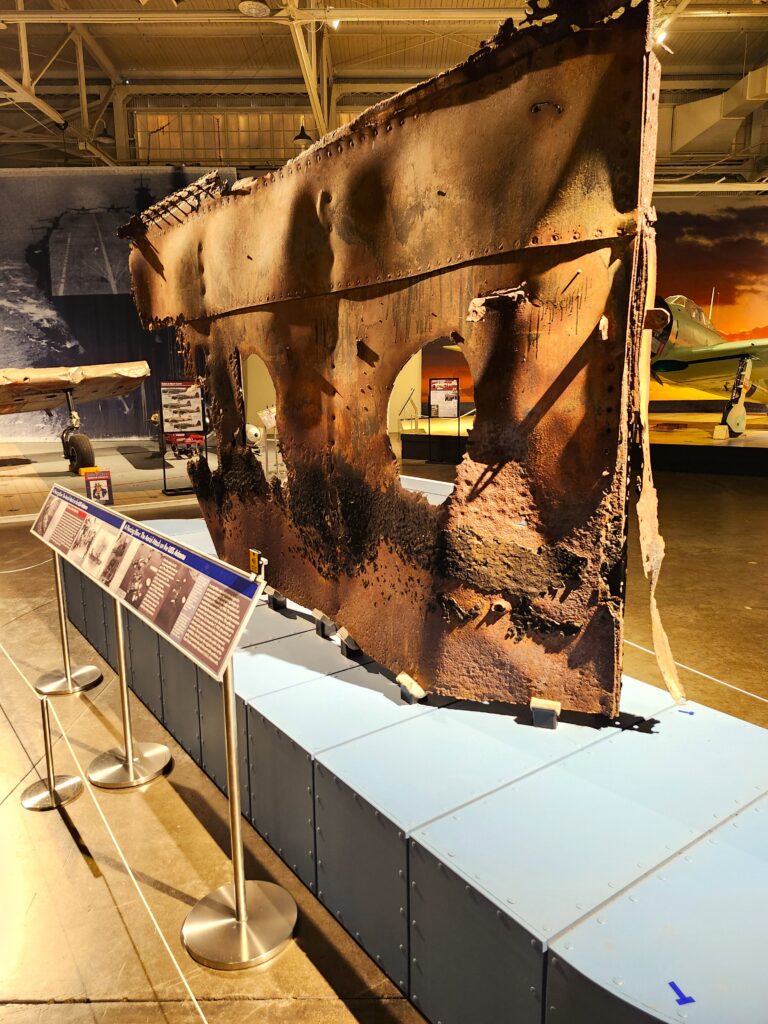
A piece of the U.S.S. Arizona, one of the casualties of the December 7, 1941 attack is displayed within the main hall.
You also get to see many of the fighter planes used by the United States during its battle in the Pacific, including the Dauntless and the Curtiss Warhawk.
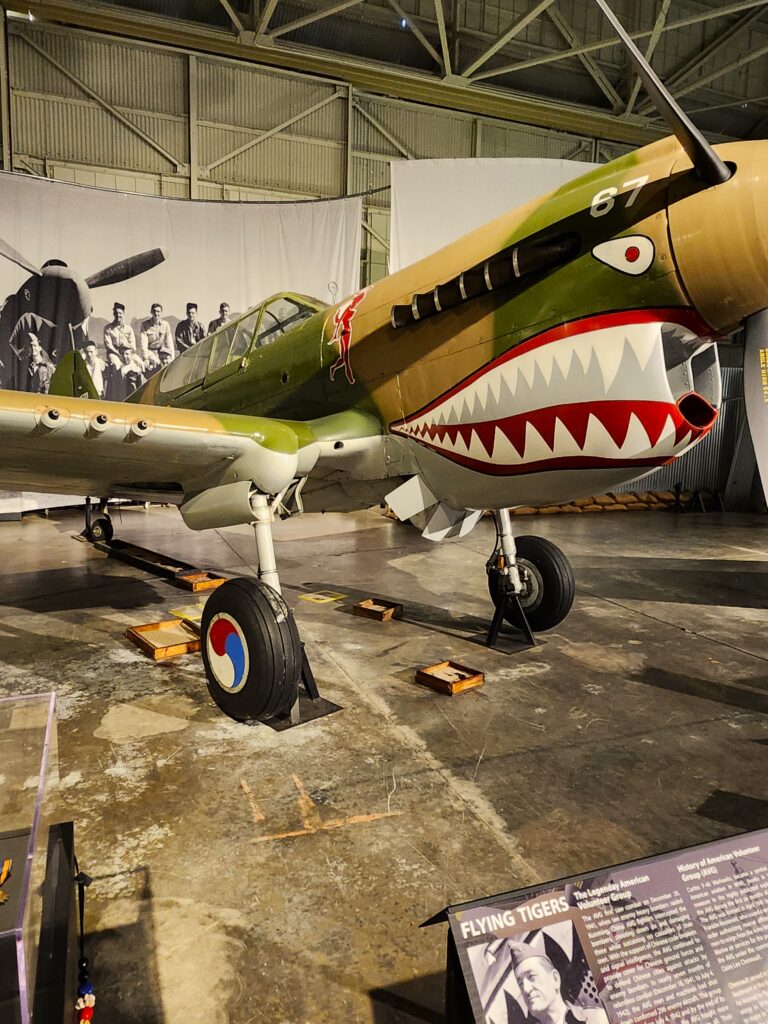
There are many museum pieces to see and stories to read about throughout the gallery. However, I would lie to highlight three of those stories.
The Ni’ihau Zero
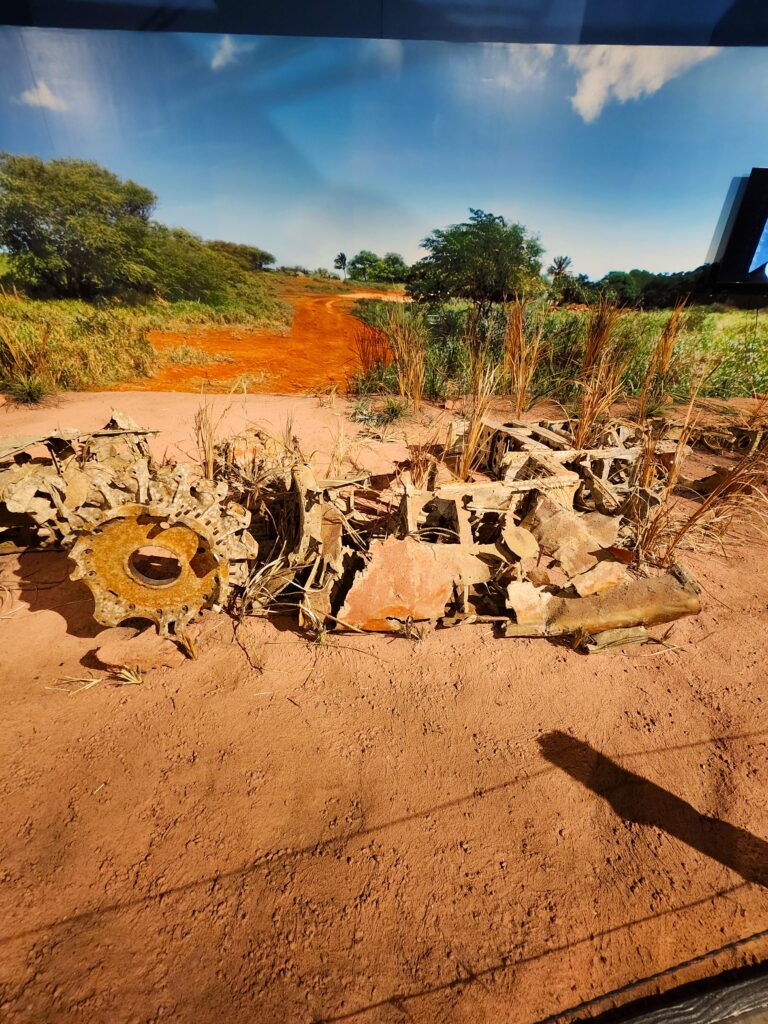
You also see a recreation of the Ni’ihau Zero Incident. The Zero, part of the second wave of attack on Bellows Field, was struck by American artillery, puncturing its fuel tanks.
The pilot crashed on Ni’ihau (Hawaii’s forbidden island). Ni’ihau was inhabited by the Robinson Family of Kauai. While waiting for rescue from the Japanese Navy, the pilot spoke in Japanese with an island resident, Yoshio Harada. The Ni’ihau residents confiscated the pilot’s military papers. The pilot threatened the Hawaiians, and Harada attempted to defend him. But, the pilot was killed in a struggle and Harada committed suicide.
Most of the Zero debris was sent to Oahu for study. The U.S. used the wreckage components to learn about the Japanese airplane designs. However, the only surviving parts of the engine were kept by a Ni’ihau resident. The Robinson Family helped to get the engine to the Pearly Harbor Aviation Museum in 2006, where it is now displayed.
The George H.W. Bush Stearman
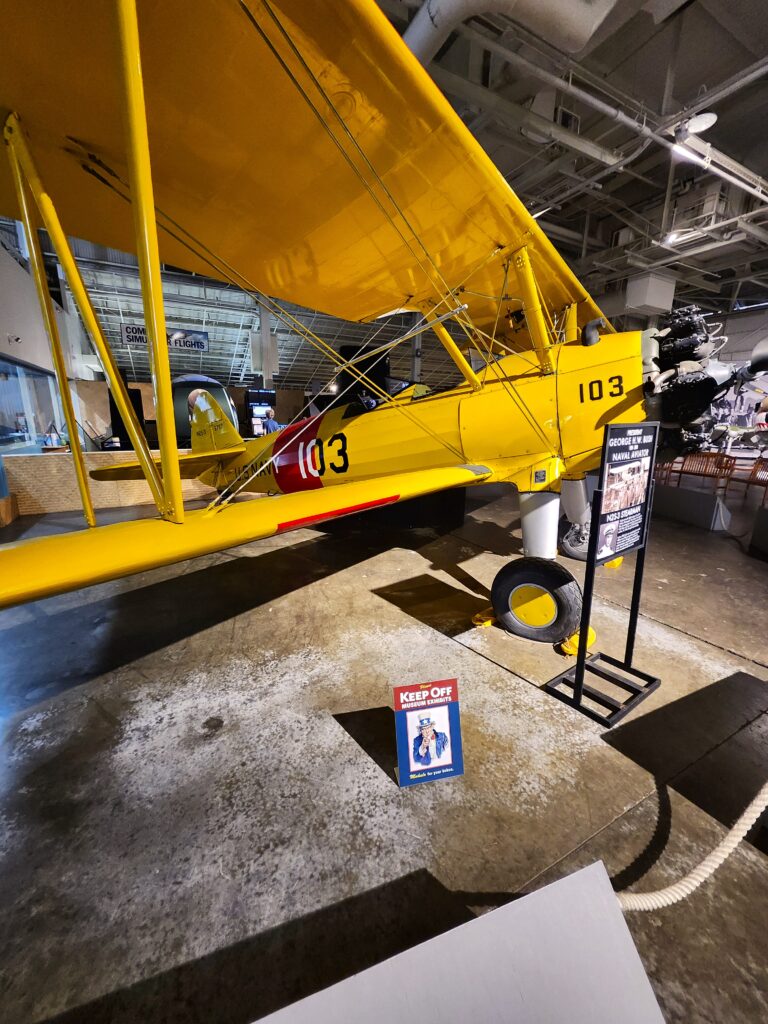
President George H.W. Bush served in the U.S. Navy during WWII. In 1943, he was commissioned as a Naval officer, and was one of the youngest Navy pilots.
Bush flew 58 combat missions during the war.
Bush flew a Stearman twice during his training courses. The Stearman received the nickname “The Yellow Peril” for its distinctive bright paint.
Maui’s Wall of Fame
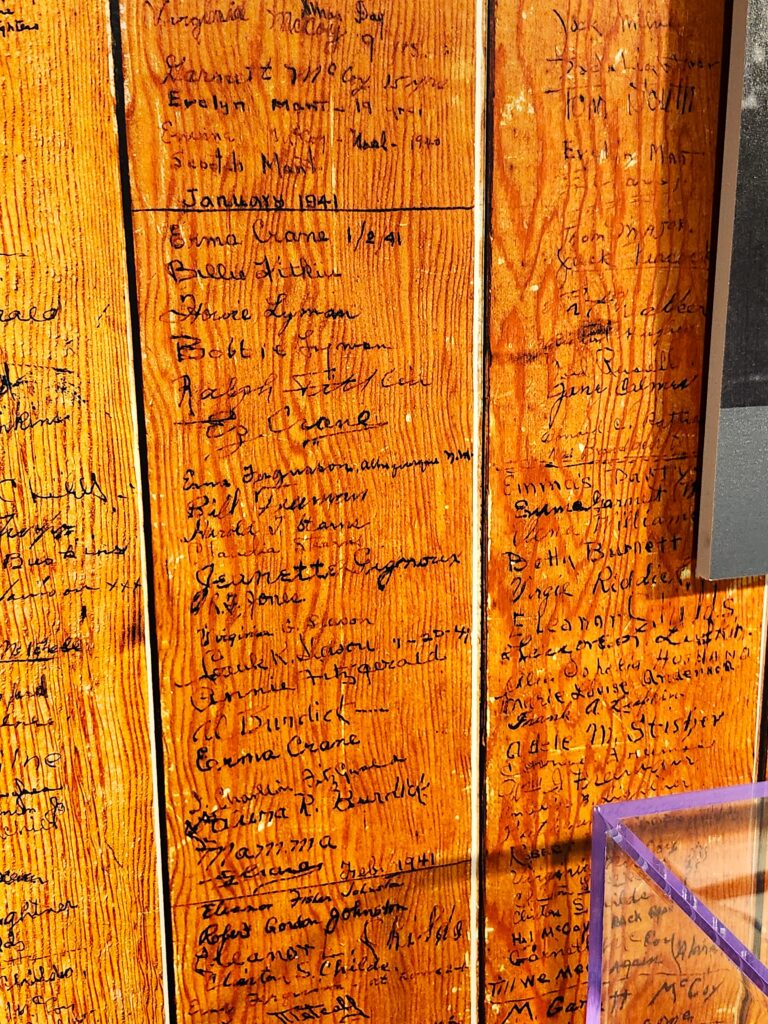
Once the U.S. involvement in WWII began, Hawaii became a important outpost for military.
Maui, with a pre-war population of just under 50,000 swelled to three times that number with as many as 50 training units in residence.
One of the spots on Maui became a popular place for soldier to sign the wall. Starting in 1942, Gordon and Mary von Tempsky invited soldiers to their 500 acre ranch. While there, those soldiers started signing a wall in the ranch house. More than 20,000 “fly boys” signed the wall during the war years.
The museum has a faithful replica of the wall of fame with signatures faithfully recreated.
Hangar 79
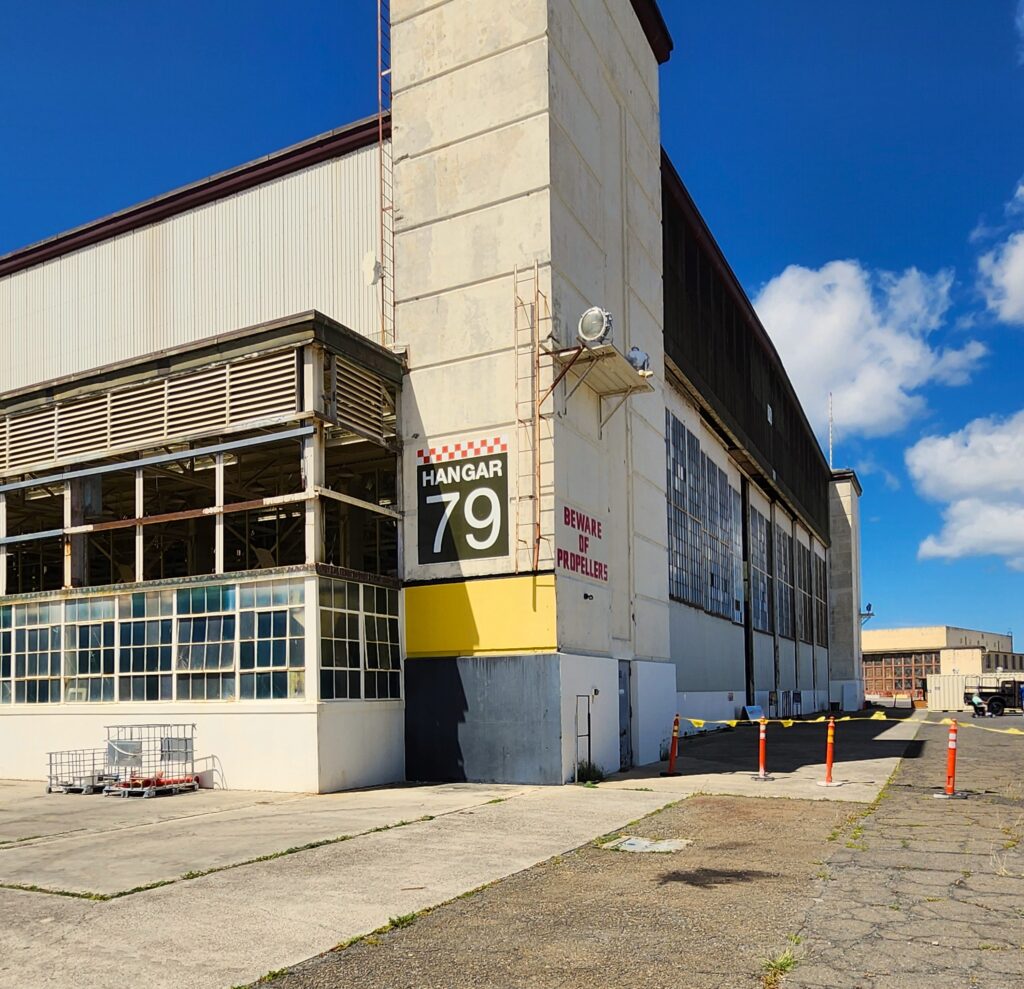
The Pearl Harbor Aviation Museum, in addition to the main museum gallery, also displays aircraft in Hangar 79.
Hangar 79 received gunfire from Japanese pilots during the attack on Pearl Harbor. You still can see bullet holes from the gunfire in the broken glass in the hangar.
The hangar is a work in progress as museum personnel work to create the secondary museum gallery. But, it is stil worth a visit to see more aircraft and witness those bullet holes.
The Top of the Tower Tour

The Top of the Tower Tour is an add-on to the museum purchase.
Since the tower represents such an iconic image of the December 7 attacks, I chose to add the tour on to my ticket purchase.
Before I went to the tower observation deck, I spent time touring the bottom floor, which has more museum pieces and stories about those who worked at the tower.
During the tour, you ascend the tower via elevator. On the ride up, you learn some basic facts. You also learn what areas of the viewing station you may and may not photograph. Remember, the area is an active military base, so there are many restriction on filming and videotaping,. Unfortunately, some of the more picture-perfect views are the prohibited spots. Although I understand the restrictions, it was slightly disappointing knowing I could not take those great pictures.
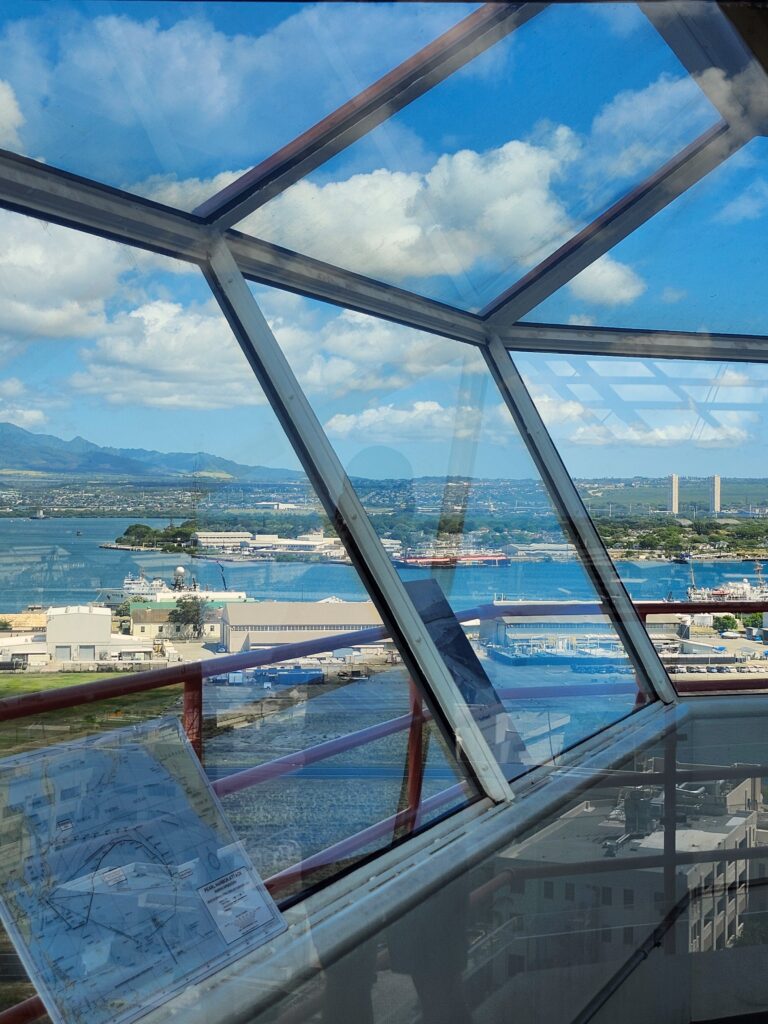
After exiting the elevator, you climb a short, but steep, flight of stairs to the observation tower.
The tower gives 360 degree views of the area. Informational placards throughout the tower detail the fateful day and provide points for the day’s events.
After a few minutes, a guide (an active military person) talks about the Tower and the events of December 7. You get more in depth perspectives from those who were on site on December 7.
In total, you’ll spend 20 minutes at the top of the tower.
Video
Take a look at our video for a sneak peak inside the Pearl Harbor Aviation Museum.
Final Thoughts
We spent two half days at Pearl Harbor when our family first visited the site. We were able to tour the Arizona, the Bowfin and the Missouri. However, lack of time prevented us visiting the Pearl Harbor Aviation Museum.
It took a few years, but we eventually got back and had a delightful time visiting the museum. I appreciated the mood created with the Big Band music playing outside the facility. It was enjoyable to listen to while waiting for the bus return trip.
While we may not be able to fully appreciate the engineering of the aircraft, I enjoyed reading about and hearing the history behind some of the displays.
There is a wide array of aircraft for the enthusiast. But, other displays helped accentuate the experience while visiting.
It was moving to see the actual bullet holes pierced through the glass at the hangar. The Top of the Tower tour provided an additional perspective and enhanced the visit.
There is a lot to do at Pearl Harbor National Memorial. However, if time permits, a visit to the aviation museum is worthwhile.
You May Also Enjoy:
Our Guide to great family adventures on Kauai.
Visit two former U.S. military forts in Wyoming and New Mexico.
Check out two national park sites of U.S. military heroes, General Grant and Alexander Hamilton.


All photos and content are by Family Well Traveled and use of photos or content without permission will result in legal action.

The Pearl Harbor attach is a significant event in American history that all Americans should be familiar with. Thanks for the reminder!
We have had the opportunity to visit Pearl Harbor a few times. It is always a special, and moving experience.
Oh how I wish I had known about this before my trips to Hawaii. Twice to O’ahu and I would have to loved to have seen the planes. Huge flight nerd. But I imagine it was somewhat like Pearl Harbor itself in that it was a bit emotional?
Yes, it is emotional. Not as intense as at the U.S.S. Arizona sight, but it still is moving. You would love the Pearl Harbor Aviation Museum. I have so many pictures of planes that I did not post.
I made several trips to Hawaii when I was in my early 20s, but I haven’t been back in decades. I remember visiting the Pearl Harbor Memorial. It was such a beautiful day. I couldn’t imagine what in must have been like during the attack. It just didn’t seem possible. I don’t recall visiting the Aviation Museum. Maybe it hadn’t opened yet? Thanks for this post. If I ever make it back to Hawaii, I will definitely try to visit it. (And, yes, I am seriously considering making a trip back to Hawaii.)